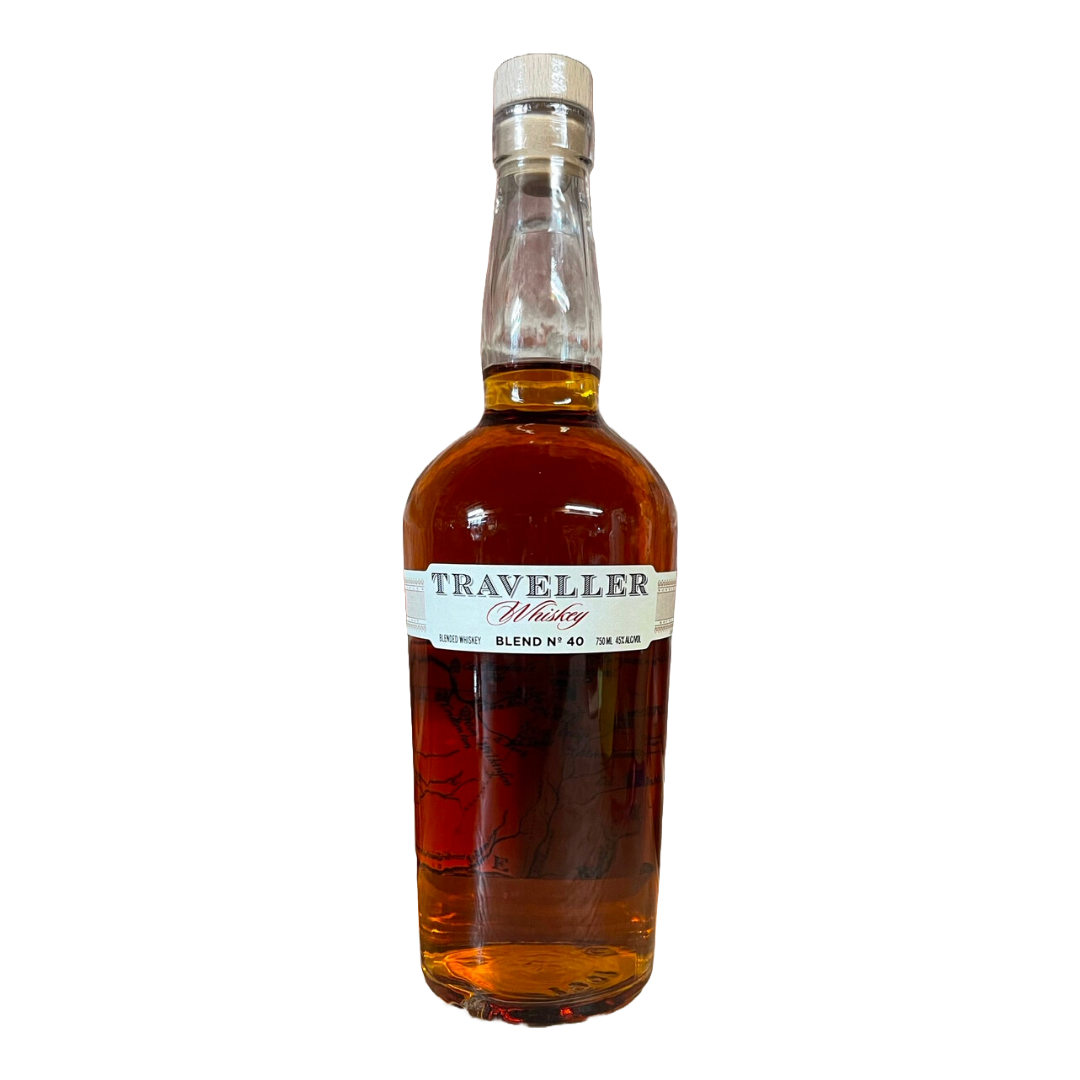Moonshine
If you were born in Eastern Kentucky like I was, you might have become acquainted with moonshine at a young age, wondering, like I did, what that mysterious clear liquid was sloshing around in a mason jar every time you opened the freezer. My father told me to stay away from what he called "white lightning," that if I drank it, it would probably put unwanted hair on my chest. I didn't need convincing: Before I reached the double digits, he let me smell the contents of the jar. Needless to say, I recoiled instantly, thinking: Who would drink this?
The answer, of course, ranges from whiskey lovers to cocktail fiends, with moonshine becoming increasingly popular over the last decade, outliving its reputation as a potent liquor that could leave you dead, blind or paralyzed. So what exactly is moonshine, and how did it go from one of the most illicit liquors in the United States to one winning the hearts of mixologists and craft distillers?
Moonshine purists define the spirit as a homemade, unaged whiskey, marked by its clear color, corn base and high alcohol content—sometimes peaking as high as 190 proof. Traditionally, it was produced in a homemade still and bottled in a mason jar. Scottish and Irish immigrants, many who settled in the southeastern throngs of the country, first brought moonshine to the United States in the 18th century. The spirit quickly became a mainstay of Southern culture. But just as its popularity crested, so too did the government's interest in taxation. It was Alexander Hamilton who imposed a tax on whiskey production in 1791, making any untaxed moonshine production illegal. Whiskey drinkers avoided taxation by making and buying moonshine at night, under the cover of darkness and the light of the moon—which some suspect gave rise to its name.
Just as Prohibition led to a rise in underground bars in the 1920s, the illegalization of untaxed moonshine production spawned generations of illicit whiskey producers for the next two-hundred years. Not only was it produced illegally, but oftentimes it was done poorly, too—only contributing to its bad reputation. That's because it's not easy to make.
"Moonshine is one of America's greatest spirits, but it's really hard to make exceptionally well because it's unaged," moonshine maker Taras Hrabowsky explains. "With aged spirits, oak barrels are used to correct flavor notes. It gets tricky to make moonshine that stands on its own, without the dominant oak characteristics that we usually think of when drinking a whiskey. When you can find the good stuff, you'll know why people love it."
Hrabowsky should know. He's part of a growing movement that's putting good—and legal—moonshine on the map. Although it's still illegal to distill alcohol without a distilled spirits permit, mainstream liquor companies are reinventing the spirit, making their hooch in distilleries and marketing it to the masses.
Of the new-age brands, a few stand above the rest. Buffalo Trace Distillery in Kentucky creates a moonshine called White Dog, a moniker reflecting a colloquial nickname for the drink. With a sweet vanilla finish, it honors the first moonshine pioneers who distilled the clear and unaged spirit with a hint of sweet corn. Midnight Moon, inspired by the famous moonshiner and NASCAR driver, Junior Johnson, is produced by North Carolina's Piedmont Distillers, the state's first legal distillery since Prohibition. Ole Smoky, Tennessee's first legal moonshine distiller, has a loyal following for its inventive flavors (apple pie and sweet tea) bottled in mason jars. (See the recipe for apple pie moonshine here.)
In Brooklyn's Pfizer building, you'll find Hrabowsky's Standard Wormwood Distillery, whose product is made with equal parts corn and rye, as opposed to the traditional Southern moonshine made strictly from corn. Hrabowsky and co-founder Sasha Selimotic prefer "the peppery spice rye delivers on the finish." The pair hopes to make moonshine a mainstay among the city's best bars, and it's working.
Hrabowsky's favorite Brooklyn establishment, Montana's Trail House, features a cocktail dubbed Dream of a Mountain, which is served in a smoked glass replete with a spicy mix of Standard Wormwood Distillery's moonshine, honey and orange liqueur, Aperol, and Angostura bitters. Over in the East Village, The Wayland serves up an apple-spiced moonshine cocktail called I Hear Banjos.a
Read More: https://www.tastingtable.com/694451/what-is-moonshine-cocktails/









Leave a comment